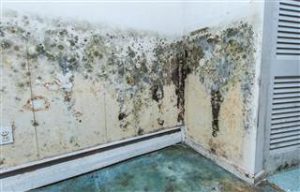The report (and the data) from our Sloan-funded taxonomic annotation workshop on fungi in the built environment was just published in MycoKeys: https://mycokeys.pensoft.net/article/20887/list/4/ Abstract Recent DNA-based studies have shown that the built environment is surprisingly rich in fungi. These indoor fungi – whether transient visitors or more persistent residents – may hold clues to the rising …
Public fungal sequence data are often not annotated to the degree desirable. This makes it difficult to zoom in on all sequences recovered from some particular country or some specific host. This holds true for the built environment as well – there is no straightforward way to target all fungal sequences generated from, say, bathrooms …
In the context of an Alfred P. Sloan Foundation grant to the UNITE database to improve the support for fungi in the built environment, a workshop centered on public fungal ITS (barcode) sequences from the built environment was organized in Gothenburg, Sweden on May 23-24, 2016. Specifically, the ~40 physical and remote workshop participants sought …
In this new paper in MycoKeys we present a set of automatically updated lists of the most abundant fungal species hypotheses known from sequence data, but for which little to no taxonomic information is available. If anyone can shed light on the taxonomic affiliation of these species hypotheses, we’d be all ears. Through a “built environment” switch, …
Gearing up the UNITE database for the built mycobiome The team behind the UNITE database for molecular identification of fungi has been granted support from the Sloan Foundation to strengthen the support for fungi from the built environment. Launched in 2001 as an ITS database for identification of ectomycorrhizal fungi in the Nordic countries, UNITE …
